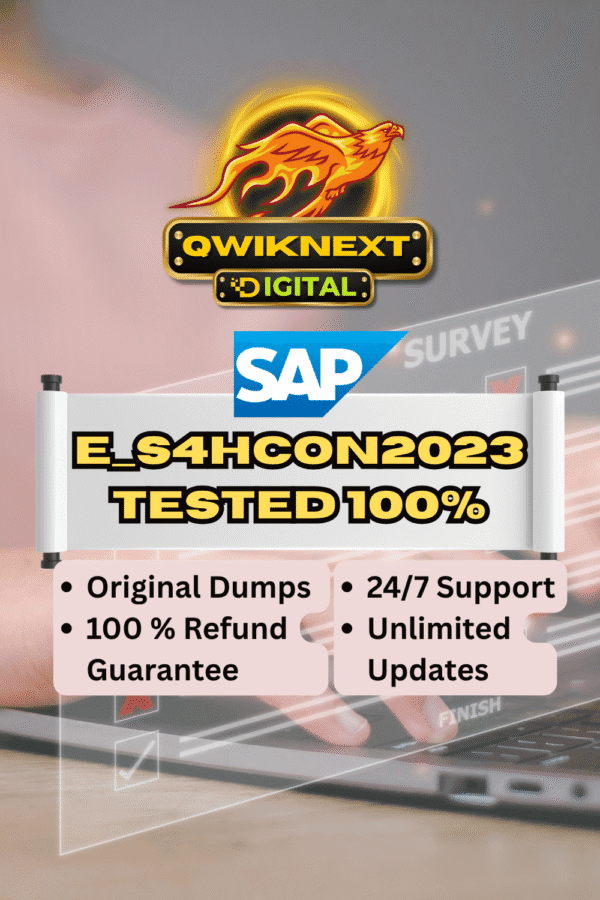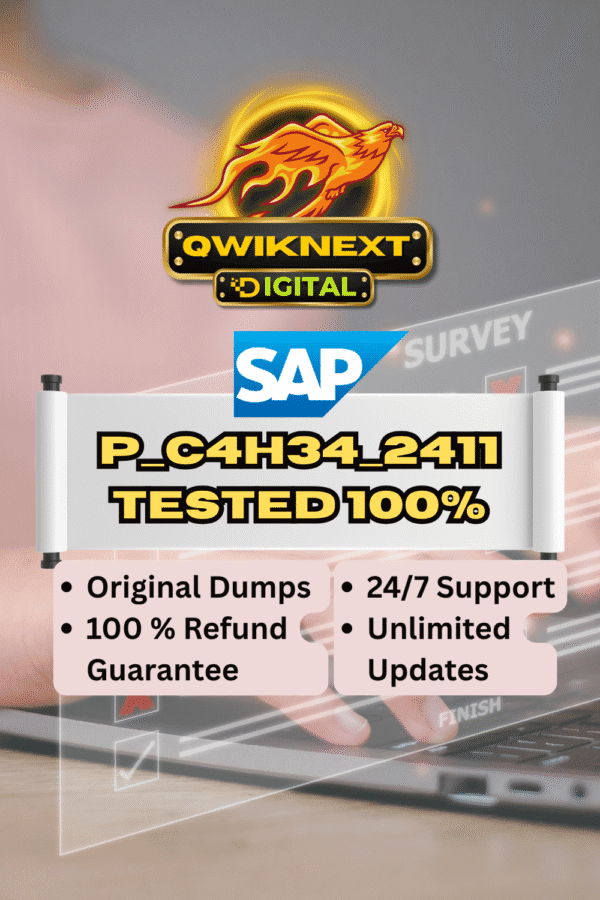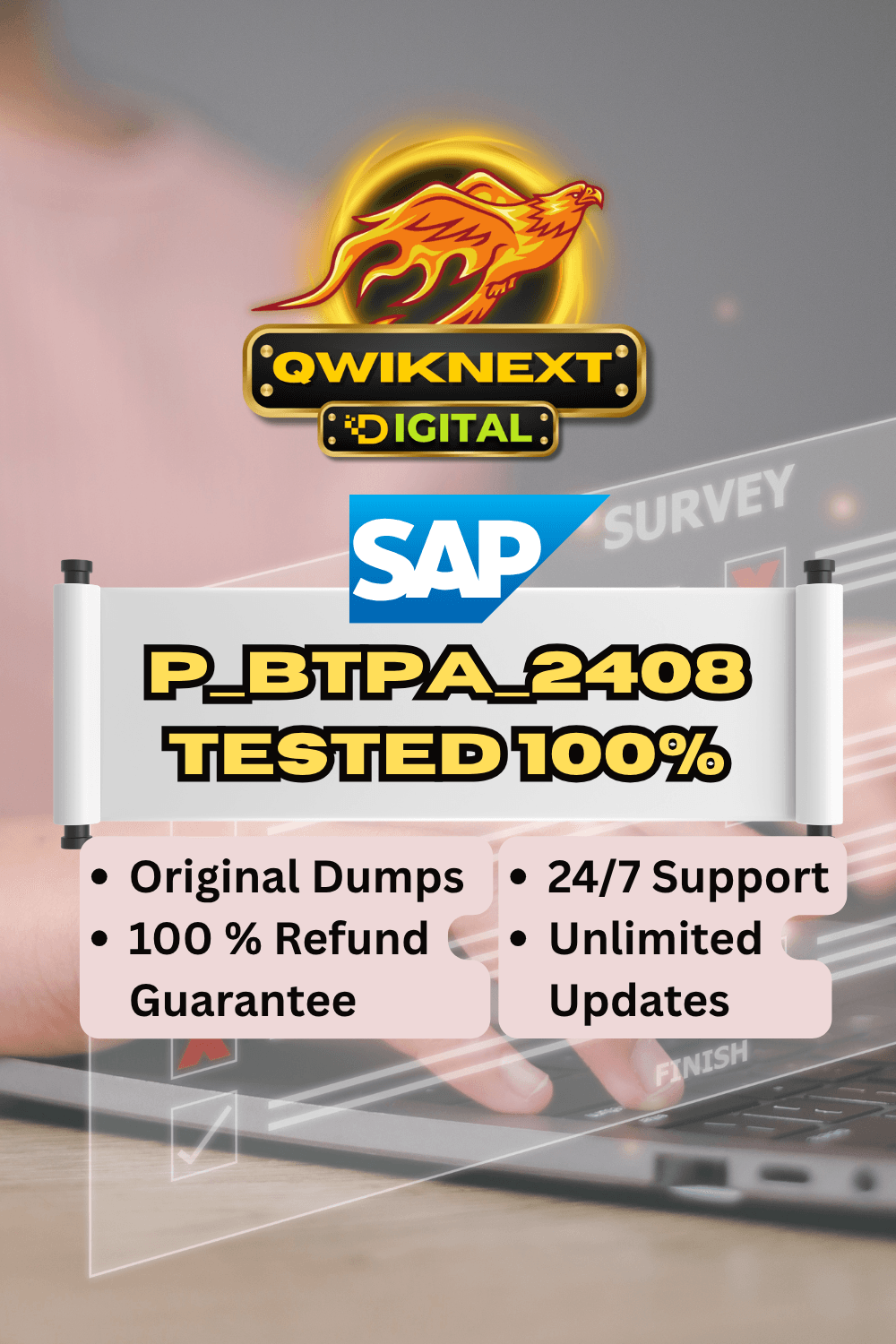-92%New
Question: 1
You are a solution architect on a brownfield project where an SAP ECC 6.0 system is being migrated to SAP S/4HANA Cloud public edition. Two mission- critical legacy applications must be migrated to the new system. There is some debate on the project team as to the appropriate programming model to use:
Application 1 was originally written using classic ABAP. The underlying SAP tables that the application originally relied on have been removed and the data now exists in a new simplified table in SAP S/4HANA Cloud public edition (to which table extensions are not permitted). Additional data needed for the application resides in SAP Ariba. Remote interfaces exist for both to select the data.
Application 2 was originally written using Java and relied upon tables from the SAP ECC 6.0 system as well as SAP PLM 4.0. The PLM system will be retired; however, the SAP S/4HANA Cloud public edition instance has all the data needed for the application. No remote interfaces exist to select the data.
Which of the following approaches should the customer use? Note: There are 2 correct answers to this question.
A. Rewrite application 2 using the Cloud Application Programming Model
B. Rewrite application 1 using the Cloud Application Programming Model
C. Rewrite application 2 using the ABAP RESTful Application Programming Model
D. Rewrite application 1 using the ABAP RESTful Application Programming Model
Answer: A, D
Question: 2
ABAP applications, would not align with its original architecture. CAP is a more fitting choice for Java applications.
References:
•SAP S/4HANA Migration Guide
•SAP Cloud Application Programming Model Documentation
•SAP ABAP RESTful Application Programming Model Overview
In which phase of the SAP Integration Solution Advisory Methodology is a technology mapping of customer use cases and SAP BTP integration services produced (for an example of a solution architecture blueprint, see the attached diagram)?
A. Enable a practice of empowerment
B. Define integration best practices
C. Design your hybrid integration platform
D. Assess your integration strategy
Answer: C
Question: 3
comprehensive integration architecture that aligns customer use cases with the relevant SAP Business Technology Platform (BTP) integration services. During this phase, technology mapping is performed to identify which integration services will best support the specific use cases, resulting in a solution architecture blueprint that outlines how these services will be utilized within the customer’s environment.
Option A is incorrect because “Enable a practice of empowerment” typically involves fostering a culture of innovation and self-sufficiency among teams but does not specifically address technology mapping or solution architecture.
Option B is incorrect because “Define integration best practices” focuses on establishing guidelines and standards for integration but does not involve the actual mapping of customer use cases to specific integration services.
Option D is incorrect because “Assess your integration strategy” involves evaluating the current integration landscape and identifying gaps or areas for improvement, but it does not produce the detailed technology mapping required for a solution architecture blueprint.
References:
• SAP Integration Solution Advisory Methodology Overview
• SAP Business Technology Platform Integration Services Documentation
A company is decommissioning its legacy ERP system in favor of adopting SAP solutions. The company is not sure which specific solutions to adopt. The company has three main business goals:
• Maintain several unique business processes.
• Maintain the solutions with a small budget, and limited time and resources.
• Integrate several non-SAP solutions.
Which combination of solutions should the customer adopt?
A. SAP Lean IX | SAP S/4HANA on premise | SAP BTP
B. SAP Signavio | SAP S/4HANA public edition | SAP Process Orchestration
C. SAP Signavio | SAP S/4HANA Cloud public edition | SAP BTP
D. SAP Lean IX | SAP S/4HANA Cloud private edition | SAP Process Orchestration
Answer: C
Question: 4
SAP S/4HANA Cloud public edition supports extensive customization and configuration options, enabling the company to tailor its operations while benefiting from the standard features of SAP.
Maintain the solutions with a small budget, and limited time and resources:
The Cloud public edition typically has a lower total cost of ownership compared to on-premise solutions, as it reduces the need for extensive infrastructure and maintenance resources.
Using SAP BTP allows for rapid development and integration capabilities, which can help streamline processes and reduce overall implementation time and resource consumption.
Integrate several non-SAP solutions:
SAP BTP provides various tools and services for integration, enabling the company to connect and orchestrate data flows between SAP and non-SAP solutions easily.
Option A is incorrect because SAP S/4HANA on premise would require more resources for maintenance and integration, which conflicts with the company’s goal of maintaining a small budget and limited resources.
Option B is incorrect because while SAP Signavio and SAP Process Orchestration can support business processes, the SAP S/4HANA public edition does not provide as many customization options as the Cloud public edition, potentially limiting the ability to maintain unique business processes.
Option D is incorrect as SAP Lean IX and SAP S/4HANA Cloud private edition typically require more investment and management resources compared to the public edition, which may not align with the company’s limited budget and resource constraints.
References:
SAP Signavio Documentation
SAP S/4HANA Cloud Public Edition Overview
SAP Business Technology Platform Integration Services
A customer wants to verify the feasibility of the attached “proof of concept” design. They would prefer a zero (or minimal) upfront investment but want to seamlessly transition to a different pricing model while preserving their SAP BTP investments if the design works.
As a solution architect, which pricing plan would you recommend to the customer?
A. Subscription
B. Pay-As-You-Go for SAP BTP
C. SAP BTPEA
D. SAP BTP trial
Answer: B
Question: 5
While it offers free access to BTP services, it is not a sustainable option for transitioning to a full-scale implementation once the proof of concept is validated. The trial does not guarantee that investments will be preserved once moving to a paid model.
References:
SAP BTP Pricing Models Documentation
SAP Business Technology Platform Overview
You are a solution architect and your client has recently completed a merger and acquisition. Your client uses SAP S/4HANA Cloud Public Edition and the acquired company is using SAP ECC 6.0. For business and legal reasons, the users of the acquired company cannot yet be added to the global user directory.
The acquired users still need access to the custom application.
Given the attached diagram, which solution would you recommend to your client in “1” to enable this access?
A. SAP Secure Login Service for SAP GUI
B. SAP Cloud Identity Services – Identity Provisioning
C. SAP Authorization and Trust Management Service
D. SAP Cloud Identity Services – Identity Authentication







Reviews
There are no reviews yet.